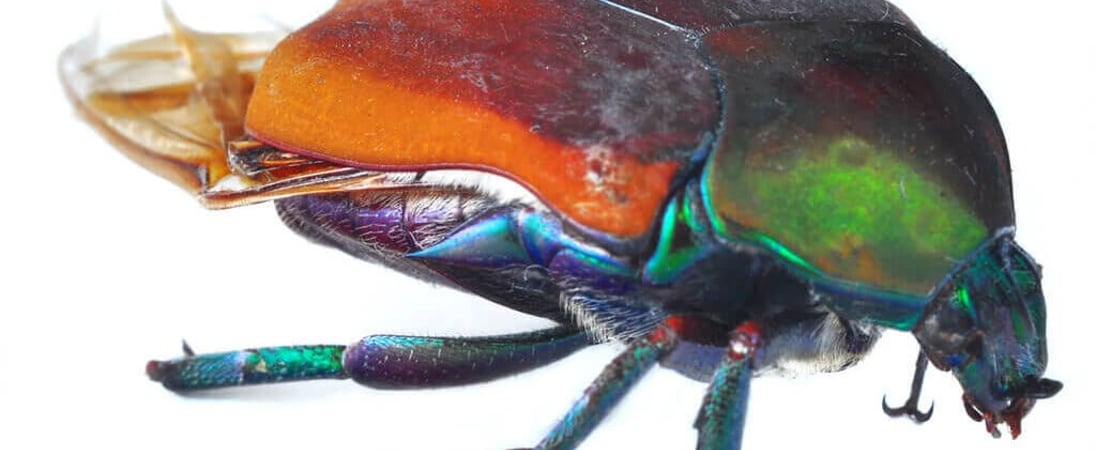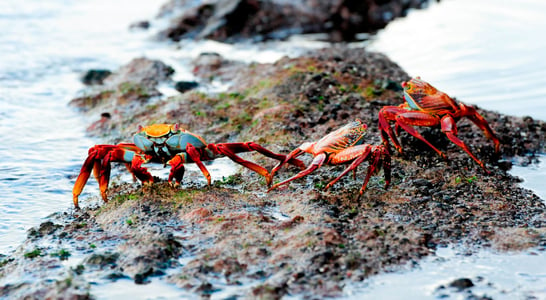
June Bug Day
Did you know June bugs, known scientifically as Phyllophaga, play a crucial role in supporting biodiversity? Their larvae help break down organic material in the soil, enriching it and aiding plant growth.
While the adults are often seen fluttering around lights on warm summer nights, their lifecycle underground makes them unsung heroes of the garden.
On June Bug Day, it’s important to recognize their positive impact despite their misunderstood reputation!
History of June Bug Day
June Bug Day has a history rooted in environmental awareness. Initially started in 2010 by naturalists and insect enthusiasts, the day was meant to shine a light on the importance of these beetles in the ecosystem. With time, communities began adopting this day as a means to connect people with nature.
The growing popularity of June Bug Day reflects the increasing interest in conserving natural habitats. By the mid-20th century, environmental groups across the country had begun using this day to educate the public on the benefits of these insects. They aimed to shift perceptions, focusing on the ecological role of June bugs instead of their minor nuisances.
Today, many people join the celebration, sharing knowledge and stories about these beetles. The holiday has grown beyond its humble beginnings into a widely recognized event. By promoting understanding and appreciation, June Bug Day encourages everyone to see these insects in a new light.
Although they sometimes munch on leaves and flowers, they are just doing their part in the natural world. Their presence shows a balanced ecosystem at work.
Celebrating June Bug Day also means embracing their natural behavior and role in nature. By doing this, we remind ourselves of the intricate connections in our environment and how even tiny creatures like these beetles play a significant part in maintaining the balance.
How to Celebrate June Bug Day
Bug Bingo Night
Organize a Bug Bingo night with family and friends. Create bingo cards featuring different types of bugs, including the June bug. As participants spot them, they can mark off the cards. Who will shout “Bingo!” first?
Night-Time Bug Hunt
Venture into the yard or a local park for a night-time bug hunt. Armed with flashlights and magnifying glasses, participants can search for June bugs and other night critters. Just don’t forget to let them flutter away afterward!
Crafty Beetle Creations
Gather the little ones for a beetle craft session. Encourage kids to make colorful June bug replicas using paper, glue, and glitter. Let their imaginations run wild and create a whole colony.
June Bug Stories
Host a storytime, sharing fun facts and folklore about June bugs. Explore their surprising role in the ecosystem or read a fun bug-themed story. Engage your audience with lively voices and animated expressions.
Bug-Themed Snacks
Create bug-themed snacks to munch on during the celebrations. Think beetle-shaped cookies or veggie critters! These tasty treats make the event all the more memorable.
Also on ...
View all holidaysNational Chocolate Ice Cream Day
Buy your own favorite version of chocolate ice cream (Rocky Road, maybe?), or visit a local ice cream shop and try some new flavors of this classic treat.
National Bubbly Day
With its effervescence and delicate bubbles, this celebratory drink is perfect for toasting to life's big moments.
National Trails Day
Hit the trails to connect with nature, get some fresh air and exercise. Bring friends, your dog, or take a solo mission, and follow the paths or blaze your own.
We think you may also like...
Big Garden Birdwatch
With a pair of binoculars and a keen eye, you can spot beautiful feathered creatures, adding joy to your day.
World Nature Conservation Day
Caring for the planet's beauty and creatures is like giving the Earth a big, loving hug. Join the effort and make a positive impact!








